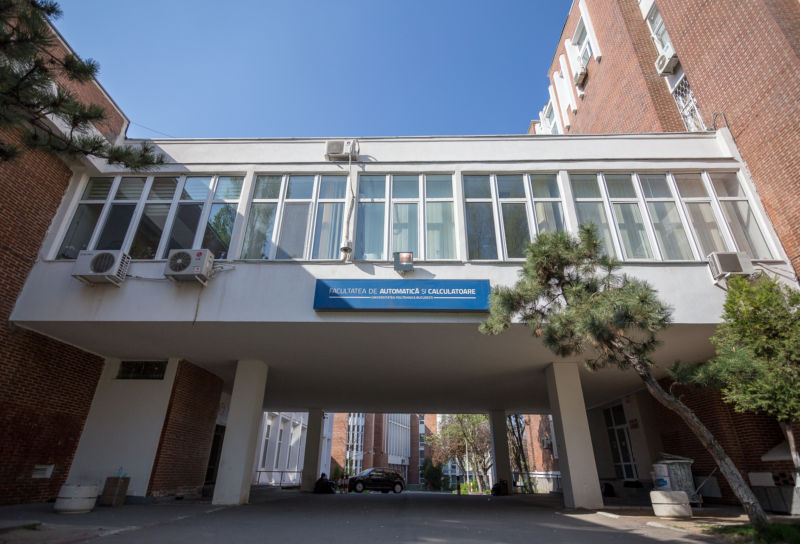
Enlarge / The University Politehnica building that hosts the Automatic Control and Computer Science (ACCS) program. (credit: Adi Dabu)
BUCHAREST, Romania—At the edge of Europe, Romania’s University Politehnica of Bucharest has long been the most prestigious engineering school in the region. Here, a terracotta-tiled building looms large over the campus, hosting the faculty of the Automatic Control and Computer Science (ACCS) program. On the ground floor, close to the entrance, is a humble computer lab. The label reads ED011.
Back in the early 1990s, after Romania escaped the grip of communism, this room was one of the few places offering an Internet connection free of charge. So every night, when no one was watching, students descended upon the lab to connect to the rest of the world. Eager to learn about life in Western Europe and the US, these students already had the look of their counterparts there—long hair, blue jeans, and Metallica shirts.
“Computers gave us the possibility to communicate with people around the world, which was extraordinary,” a former student named Lari tells me today. The ED011 computer lab did more than that, of course. It gave these students total freedom—to not only chat on the early Web but to explore all the odd nooks and crannies of computer science.